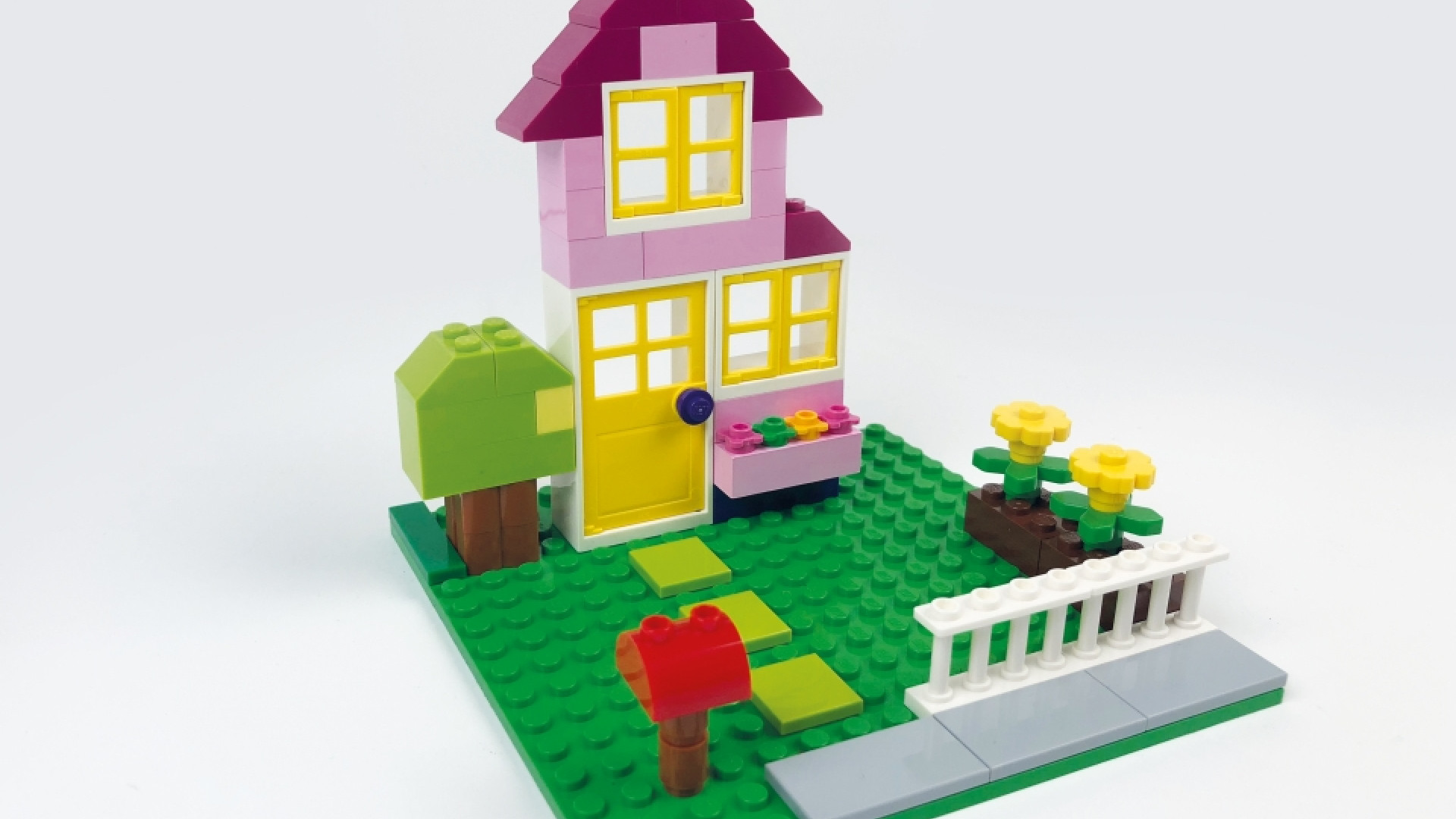Christmas day early 1970s, I opened a bag of Lego blocks. Just blocks, no people, characters or wheels. One of my favourite ‘toys’, I loved creating houses, forts and spaceships. Today Lego produces hundreds of options, variations and themes and in 2008 it broke with its creative conventions, setting up ‘Lego ideas’ as an offshoot of the Japanese website Cuusoo. It allows users to submit ideas for Lego to develop commercially. Fans get an opportunity to ‘co-create’ on submissions online and give feedback. If a project gets 10,000 votes, Lego reviews the idea and gives the original creator 1% of the commercial sales once in production.
Fast Company credits this breaking with convention for winding back a decade of sales slumps and putting Lego in the same league as Apple.
We all have ways of doing stuff. When we’re looking to stretch our creative, digital, and innovative thinking, it’s worth taking a look at our personal conventions and reshaping our thinking.
Some tools to reshape your own creative conventions
A bit like therapy, you’ve got to ‘own’ the idea that there’s an opportunity to grow and develop. Once this is done you’re on your way.
The next critical step is to move from theory to practice. One of the simplest ways to get tangible is to create a visual trigger. Take some post-it notes and write reminders of what it is you're aiming for, such as:
"What’s the creative/innovative opportunity here?”
"Just be creative!"
"Listen more."
You’ve just got to remember to refer back to them as you generate ideas!
Like Lego, you need to continue to develop your strengths, values and desire for co-creation by doing less in isolation in front of the computer. Get busy communicating, sharing early and progressively with your project team. Your best results will be achieved when you collaborate, value each other’s angle and captain your own specific area of expertise.
As fast as possible, define clearly the issues and challenges you’re creating for. At the briefing stage, gain personal empathy for the task and ask the ‘dumb’ questions. Get what you need to do the job. Start with Why? Work on shared options through discussion then agree on a shortlist.
Agree on a ‘good enough for now’ thought process. This saves time and creates enough to communicate the ideas you most want to progress with. This will mean different things for different organisations obviously. Working with each other creates a stronger, unified belief and understanding in the idea and direction, thus making it easier to support.
Shape the individual and collaborative design process into four clear steps:
- Explore
- Expand
- Apply your knowledge and insights
- Focus
so that everybody in the team understands where you're at and where you’re going.
Make time pressure your friend by using words only to describe an idea and why it works. It’s quicker to come up with the words ‘tomato with an umbrella sticking out of the top with a pink flamingo sitting on top’ than finding visual reference!
Apply a bit of this thinking to shift a creative convention or two and you might just start humming the Lego movie anthem… Everything is awesome…
Credit: Magenta Lego house by Luka Hooper

